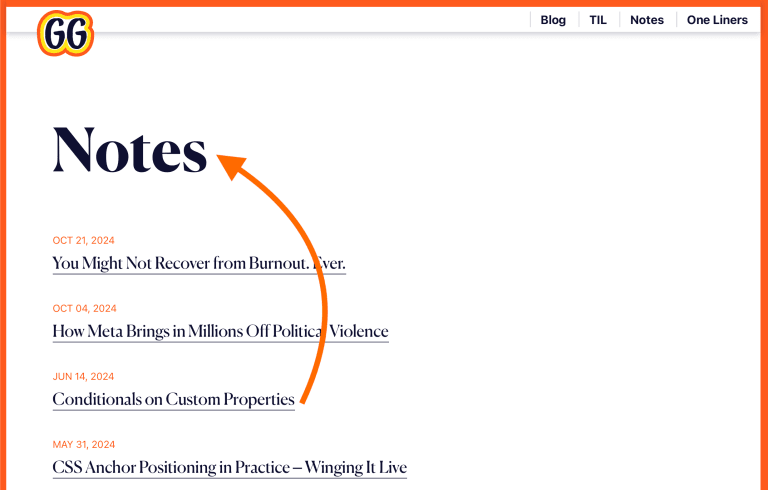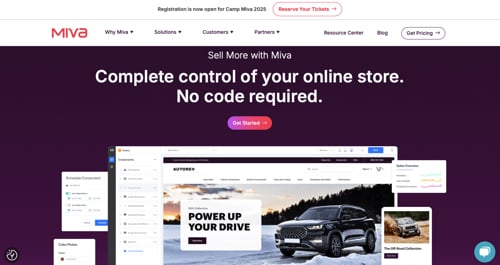Brands are shifting away from traditional ad-heavy strategies and turning to niche influencers whose authenticity and expertise are quietly reshaping consumer behavior across industries.
Social media intelligence is a powerful resource that can help businesses shape strategy, from understanding what their audience cares about and what drives interest and behavior, to early data signals about emerging risks, according to Storyful SVP of Intelligence Tara Naughton.
Fifty emerging influencers — 10 in each of five categories — are quietly reshaping industries from artificial intelligence (AI) and health care to retail, finance, and sports, often without the large followings and engagement brands typically rely on, according to a report released by Storyful Intelligence on July 30.
Unlike conventional influencer rankings that chase follower counts, Storyful’s Index excluded highly established names, instead surfacing voices with strong growth rates and emerging authority across industries. The report arrives as the industry faces a significant shift.
The Index is not another ranking of the usual suspects, according to Maria Pacheco, CEO of Storyful. The research cracked the code using the firm’s proprietary network mapping tool, Cosmos. Instead of counting likes, the Index measures network connectivity, thought leadership, and social influence.
“We set out to identify creators whose influence is emerging — harder to see but more valuable to understand. This Index doesn’t just capture who’s the loudest; it’s about whose ideas are taking hold across networks, whose credibility is shaping public conversation, and whose voices matter where real decisions are being made,” Pacheco told the E-Commerce Times.
Emerging Influencers Gain Ground
Table of Contents
Creators are shaping purchasing decisions, affiliate models are evolving, and retailers are rethinking how they build trust and convert attention into action. Storyful Intelligence, a division of News Corp–owned Storyful, specializes in decoding social platform conversations and identifying cultural shifts, emerging narratives, and influence patterns before they reach mainstream attention.
Storyful’s methodology differs from traditional influencer rankings by focusing on network connectivity, thought leadership, and social influence rather than follower count alone. Researchers analyzed conversations across X, Instagram, TikTok, Bluesky, YouTube, LinkedIn, and digital media Feb. 1 – May 1, 2025. The team scored each influencer on Social Influence (25%), Network Influence (25%), and Thought Leadership (50%).
Storyful further grouped influencers into archetypes — Thought Leaders, Networkers, Amplifiers, and Conversation Starters — to highlight different ways influence takes shape.
Topline insights include:
- Shopify-savvy creators are powering the next wave of e-commerce education
- Platform strategy is key to how e-commerce influencers grow and connect
- Real founder stories turn e-commerce influencers into trusted advisors
- Niche expertise creates micro-communities: The most impactful voices speak to passionate subcultures rather than broad audiences
- Authenticity drives deeper engagement: The most resonant influencers share personal journeys and real-world experiences
The research identified the top emerging influencer in each of five industries: personal finance, e-commerce, wellness and longevity, AI and health care, and soccer.
Influence Metrics
Naughton noted that the company examines how prominent and central an influencer is within a conversation and prioritizes understanding an influencer’s role as a thought leader, amplifier, or networker in each field.

“We look at their own media and if they cross into mainstream news media as an expert, and platforms like LinkedIn to capture thought leadership growth. By looking across platforms and going beyond reach, we gain a better sense of why they are valued, and we can identify the distinct audiences they influence,” she told the E-Commerce Times.
Those unique standards contribute to Storyful’s track record for shaping markets, policy, and retail culture. Those efforts also surfaced underlying causes for the spread of health misinformation on a leading consumer social platform, resulting in significant policy change, she added.
“Storyful differentiates itself by our expert analysts’ work in creating context for the comprehensive social data we cover, and the actionable insights delivered to communications and marketing agencies, brands, and media clients,” Naughton said.
Specialization Drives Influence
Kurt Elster (pictured above), selected as an emerging influencer, told the E-Commerce Times that 15 years ago, he knew specialization was the only way to win as an influencer, though he had no clue what that would look like.
He learned how to identify his core audience. That shaped his content and growth strategy as a product and thought influencer.
Top 10 Emerging Influencers: E-Commerce

Storyful Emerging Influencer Index highlights the top 10 e-commerce voices, including Kurt Elster, Justin Welsh, Alex Momeni, and Kamil Sattar. (Image Credit: Storyful 2025 Emerging Influencer Index)
“We were cranking out WordPress sites when a buddy who owned a local bike shop asked if we could help him switch platforms. That first Shopify build was a revelation; we loved it so much that we immediately decided we weren’t touching anything else,” he offered.
He learned a vital lesson. Picking your niche and actually getting clients are two completely different challenges.
“I sure wasn’t going to cold call anyone, so I went full inbound. I started as a podcast guest, wrote newsletters, and posted on social. That eventually snowballed into launching The Unofficial Shopify Podcast and a YouTube channel,” Elster revealed.
Niche Discovery Shapes Growth
As a self-taught entrepreneur, Elster attracted peers who related to his experience.
“We speak the same language. E-commerce was perfect because it layered technical complexity onto that entrepreneurial foundation. My web dev background suddenly became incredibly valuable when someone’s checkout was broken at 2 a.m. on Black Friday,” he said about his audience-building success.
The secret sauce for his Shopify Podcast is genuine enthusiasm. When he meets people doing interesting work in e-commerce, he gets excited about their conversion optimization strategies or their approach to abandoned cart recovery, he confided.
“You can’t fake that enthusiasm, and audiences smell inauthenticity from miles away,” he said.
Platform Strategy Shapes Success
According to Elster, Twitter (now X) is his home base. He defined the platform as “the sweatpants of social media.”
“It is way less pressure to be polished, and it happens to be where all the e-commerce pros hang out. What they call ‘DTC Twitter’ is basically my natural habitat,” he explained.
Elster said that each platform gets tailored content: LinkedIn gets the buttoned-up, analytical takes. Twitter stays conversational and casual. Facebook Groups get beginner-friendly explanations. YouTube hosts our podcast interviews and the occasional deep-dive tutorial.
“Every platform now hates external links, so you’ve got to adapt your content strategy accordingly. Also learned the hard way that video content falls flat on LinkedIn versus long-form think pieces,” he detailed.
For him, the podcast format is the ultimate influencer strategy. It drives everything and is where the honest conversations happen.
“Those kinds of nuanced discussions you can’t fit in a tweet or a 60-second video,” he quipped.





